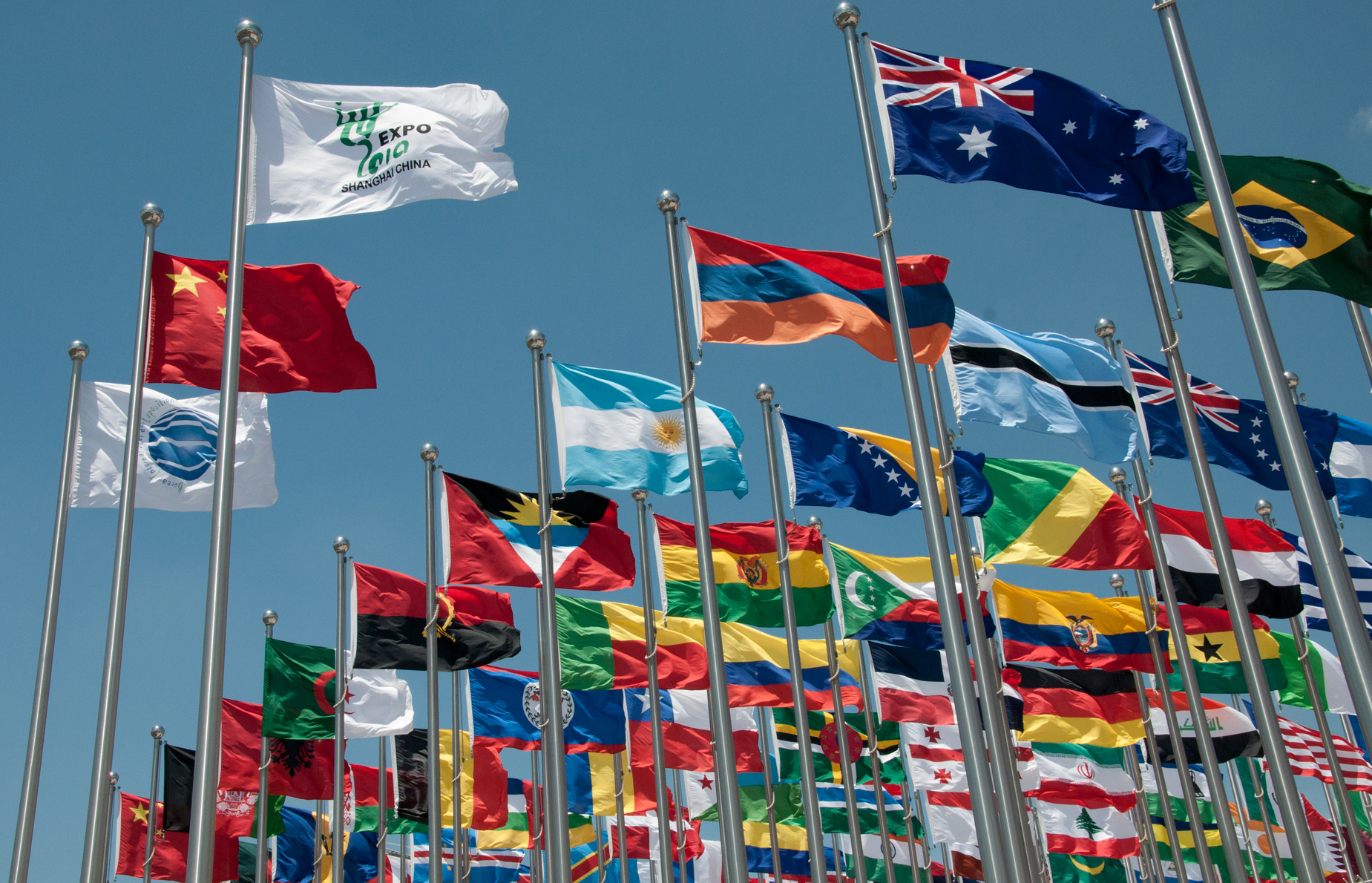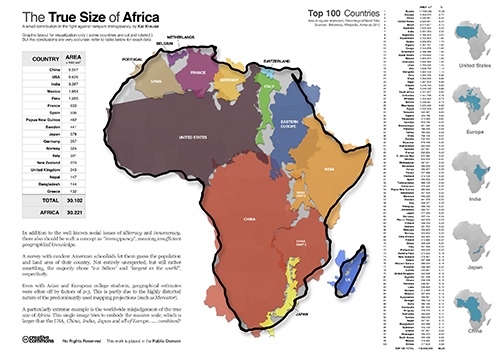This week, the 58th session of the Commission on the Status of Women (CSW58) coincides with International Women’s Day (which took place on March 8th), as well as Women’s History Month in the U.S. These events present a great opportunity to discuss and examine the challenges faced by women and girls in today’s world. Let’s focus on three key target areas for gender equality (UN Women, 2013).
Freedom from violence against women and girls
The World Health Organization reported in 2013 that 35% of women worldwide have experienced some type of violence in their lifetime. This violence can have serious and long-lasting effects on women’s mental, reproductive, and sexual health (WHO, 2013). This issue is addressed in the UN Millennium Development Goals, and will undoubtedly be addressed by the post-2015 development goals. UN Women works to encourage legal reform, create safe spaces for women, provide health services for victims of violence, increase awareness of the problem, and prevent violence by addressing the root causes. This cause has also been taken up by many private organizations, such as End Violence Against Women International and Springtide Resources. These organizations focus on education initiatives, prevention programs, as well as conducting research to guide efforts at reform.
Gender Equality in the Distribution of Capabilities
This area involves women’s access to education, healthcare, and opportunities such as land or work with equal pay. The Millennium Development Goals Report of 2013 indicates that progress is being made in all of these areas, but this progress varies by region and demographic. For instance, the report reveals that women tend to hold less secure jobs than men in developing regions. The statistics for education reveal that in Northern Africa, sub-Saharan Africa and Western Asia, the gender disparity in education still remains high (UN, 2013). The World Economic Forum’s World Gender Gap Report also shows that the “Gender Gap” varies greatly depending on region and tends to be higher in developing areas(World Economic Forum, 2013).
Gender equality in decision-making power
This issue is about women holding positions of influence in public forums and government, but also in their own homes and families. The number of women that hold parliamentary seats has increased in almost every world region since 2000, mostly due to the creation of legislative or voluntary quotas that require a certain number of female members. However, women’s decision-making power at home remains significantly lower than men’s in many regions of the world (UN, 2013). These types of decisions range from money-related decisions, to women’s ability to visit friends and family, to decisions about women’s own health. Family dynamics are greatly influenced by societal and institutional norms, and the hope of many organizations is that by increasing women’s access to education and work opportunities, these norms will begin to change in a direction that is less discriminatory towards women.
Why is gender equality so important?
In a recent report, the UK-based Department for International Development explains that economic stability and growth for developing countries is greatly boosted by improved gender equality. It makes sense – if women and girls can gain access to improved education, they will eventually get better jobs and be able to better contribute to the economy. The same study shows that including women in political decision-making leads to more effective governance, since women’s presence in government brings greater diversity and different experience to the process (DFID, 2013). This makes the problem all the more pressing and important. Gender equality is not only a significant concern from a human rights standpoint, but it will allow for the economic and political growth that developing nations need to make them competitive in world markets.
But on a more basic level, gender equality is about advancing human rights for all citizens of the world.
Check out the resources below to learn more about this subject:
Organizations
International Labour Organization Bureau for Gender Equality (GENDER)
End Violence Against Women International
Informative Websites and Web Articles
Timeline of International Agreements and Standards to End Violence against Women
Five Human Rights Issues for U.S. NonProfits on International Women’s Day – Non-Profit Quarterly
International Women’s Day: Mainstream Messaging For The Radical Cause Of Full Economic Empowerment – Forbes
Scholarly Articles (Available through UIUC E-Journals)
Corinne L. Mason. “Global Violence Against Women as a National Security “Emergency”.” Feminist Formations 25.2 (2013): 55-80. Project MUSE. Web. 14 Mar. 2014.
Hendra, J., FitzGerald, I., & Seymour, D. (2013). TOWARDS A NEW TRANSFORMATIVE DEVELOPMENT AGENDA: THE ROLE OF MEN AND BOYS IN ACHIEVING GENDER EQUALITY. Journal Of International Affairs, 67(1), 105-122.
Munin, N. (2013). NGOs, Multinational Enterprises and Gender Equality in Labor Markets: A Political Economy of Conflicting Interests?. Journal Of Multidisciplinary Research (1947-2900), 5(1), 5-26.
Chant, Sylvia, Sweetman, Caroline. (2012). Fixing women or fixing the world? ‘Smarteconomics’, efficiency approaches, and gender equality in development. Gender & Development. 20(3), 517-52.
Latest Books at the UIUC Libraries
Joffe, Lisa Fishbayn.Neil, Sylvia. (Eds.) (2013). Gender, religion, & family law: theorizing conflicts between women’s rights and cultural traditions. Waltham, Mass. : Brandeis University Press.
Karamessini, Maria.Rubery, Jill. (Eds.) (2014). Women and austerity: the economic crisis and the future for gender equality. Milton Park, Abingdon, Oxon : Routledge.
Ringrose, Jessica. (2013). Postfeminist education?: girls and the sexual politics of schooling. London : Routledge.
Rose, Susan D.. (2014). Challenging global gender violence: the Global Clothesline Project. New York : Palgrave Pivot.
Runyan, Anne Sisson,Peterson, V. Spike. (2014). Global gender issues in the new millennium. Boulder, CO : Westview Press.
Yarwood, Lisa. (Eds.) (2013). Women and transitional justice: the experience of women as participants. Abingdon, Oxon : Routledge.





